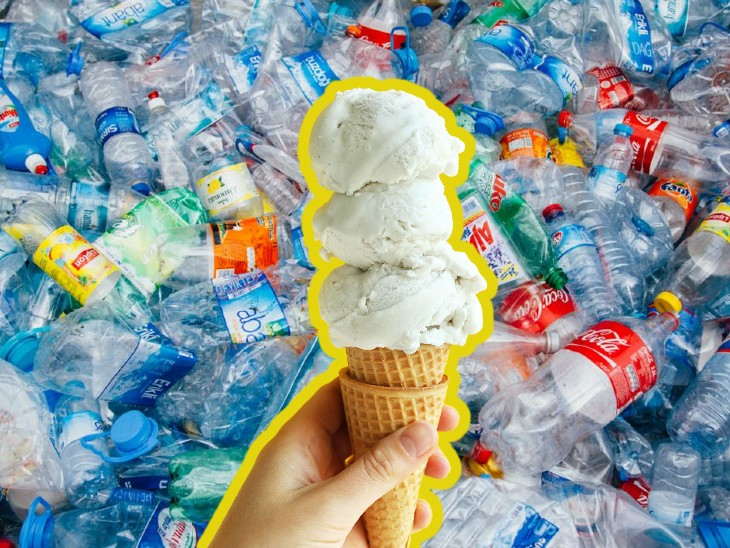
Scientists convert plastic waste into vanilla flavouring
Vanillin, the compound that carries most of the smell and taste of vanilla, can be extracted naturally from vanilla beans or made synthetically.
Vanillin is found in a wide variety of food, cosmetic, pharmaceutical, cleaning and herbicide products.
Researchers used a novel method to convert plastic waste into vanillin, with genetically engineered bacteria, as a way to both supply vanillin and reduce plastic pollution.
Previous studies showed how to break down plastic bottles made from polyethylene terephthalate into its basic subunit, known as terephthalic acid. In the new study, two researchers genetically engineered E. coli bacteria to convert terephthalic acid into vanillin.
Terephthalic acid and vanillin have very similar chemical compositions and the engineered bacteria only needs to make minor changes to the number of Hydrogens and Oxygens that are bonded to the same Carbon backbone.
The researchers mingled their genetically engineered bacteria with terephthalic acid and kept them at 37o C for a day. About 79% of the terephthalic acid subsequently converted into vanillin.
The global plastic waste crisis is now recognized as one of the most pressing environmental issues facing our planet. About 1 million plastic bottles are sold every minute around the world, and only 14% are recycled.
 English
English Arabic
Arabic


